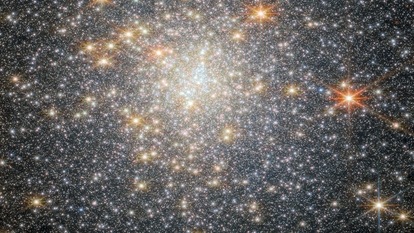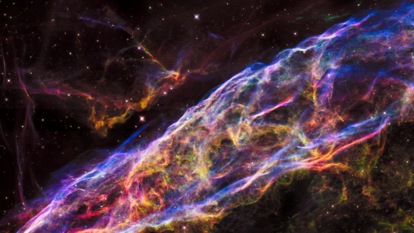160-foot asteroid charging towards Earth; NASA reveals its speed, distance and more
Yet another asteroid flyby is imminent as NASA has tracked the first asteroid of September, Asteroid 2023 QZ1 hurtling towards Earth. Know details of its close approach.
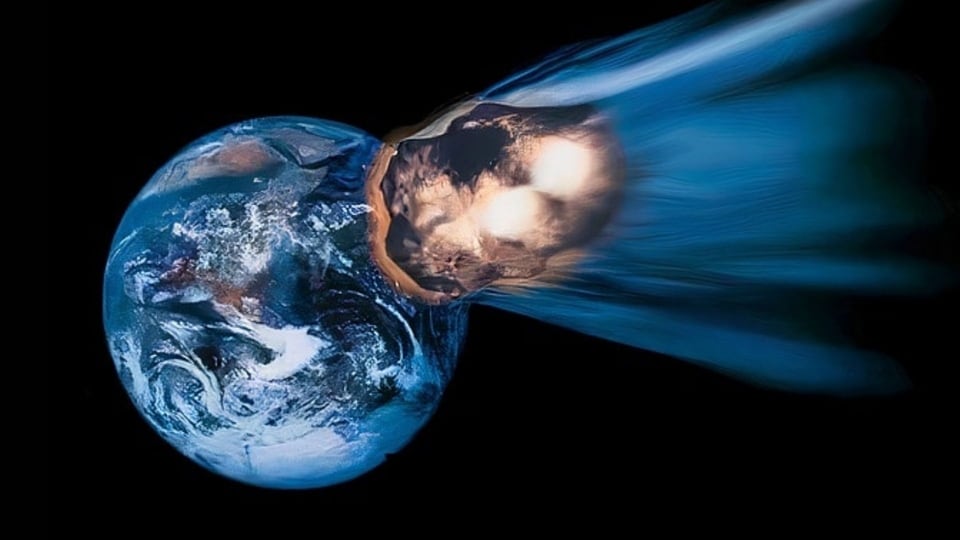
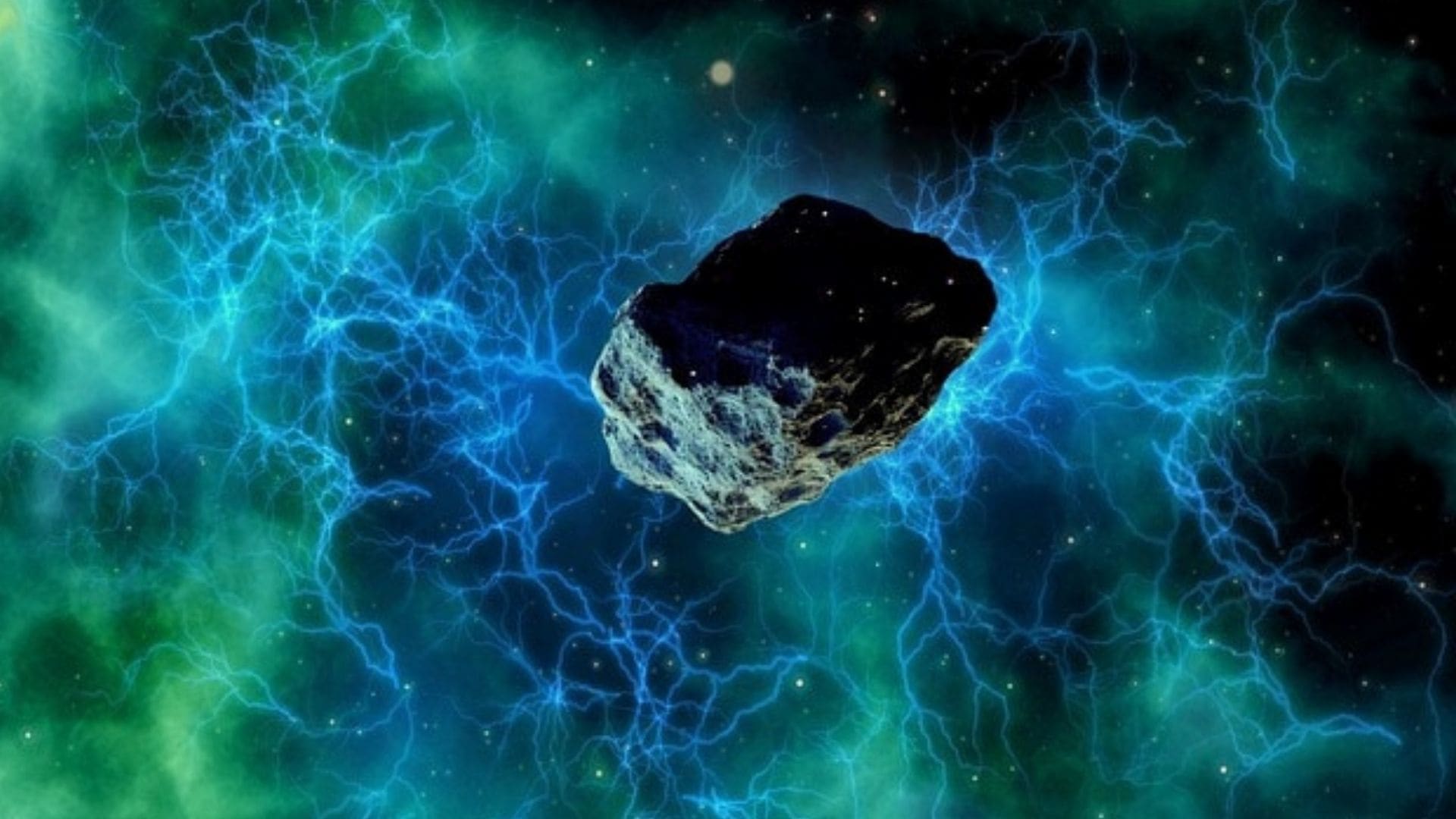


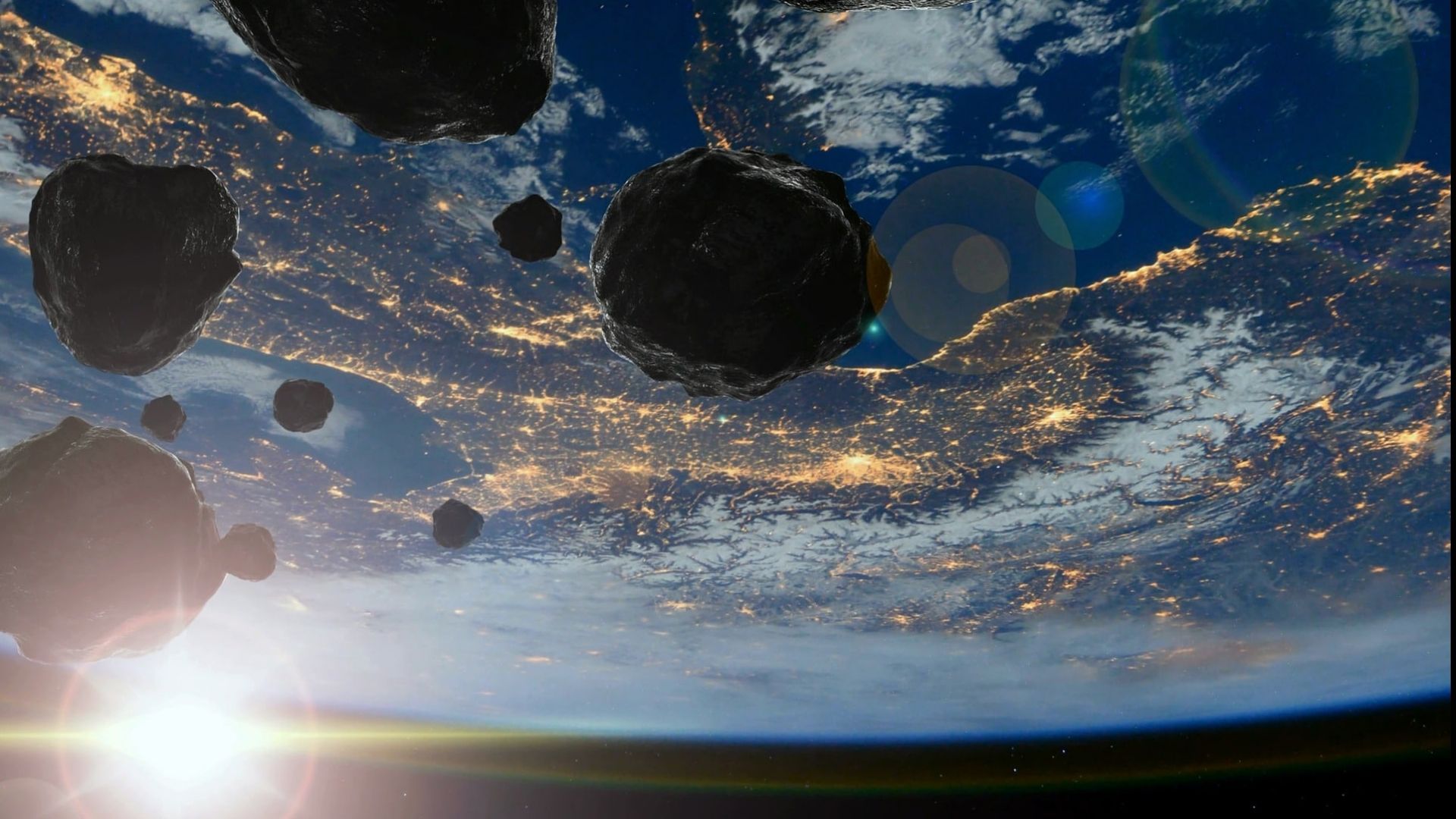
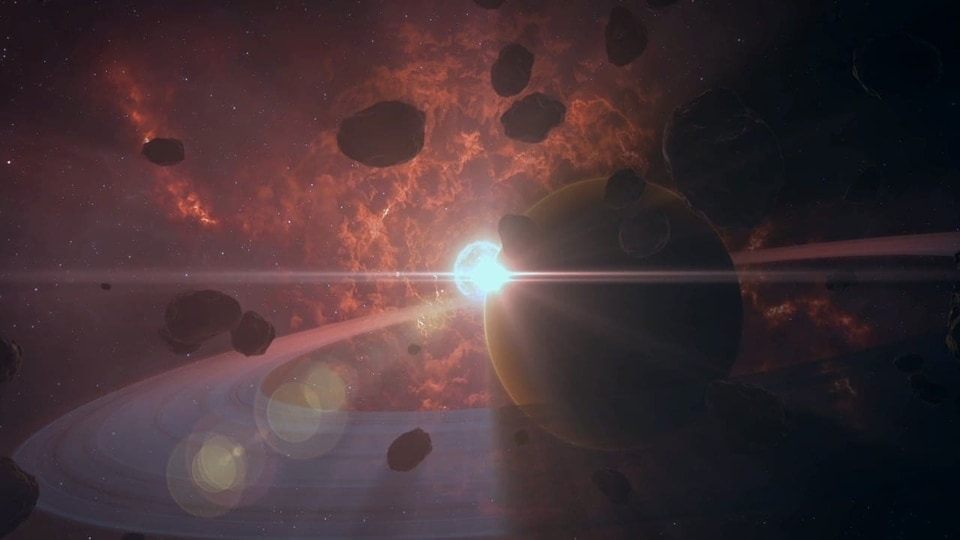
 View all Images
View all ImagesDid you know that an asteroid struck Earth this year? While it wasn't a planet killer that wiped out entire species like another space rock did about 65 million years ago, this one did hit the surface. As per NASA, a meteorite turned into an atmospheric fireball on February 15 and crashed near McAllen, Texas. Law enforcement agencies in the McAllen region received several calls from residents who reported hearing a loud explosion. It was a 1000-pound rock that was 2 feet in diameter as it broke into pieces about 21 miles above Earth's surface.
In a separate development, NASA has issued details about an asteroid that is expected to make its closest approach to Earth today.
Asteroid 2023 QZ1: Details of close approach
NASA, with the help of its advanced ground and space-based telescopes, has tracked an asteroid whose orbit will bring it very close to Earth today. As per the Center for Near-Earth Object Studies (CNEOS), an asteroid, given the designation of Asteroid 2023 QZ1, is on its way toward Earth and could make its closest approach to the planet today, September 1.
This near-Earth space rock is expected to make its closest approach to the planet at a distance of just 6.9 million kilometers and at a speed of 67069 kilometers per hour which is much faster than Intercontinental Ballistic Missiles (ICBMs), and even space shuttles!
It belongs to the Apollo group of Near-Earth Asteroids, which are Earth-crossing space rocks with semi-major axes larger than Earth's. These asteroids are named after the humongous 1862 Apollo asteroid, discovered by German astronomer Karl Reinmuth in the 1930s.
How big is the asteroid?
In terms of size, Asteroid 2023 QZ1 is nearly 160 feet wide, which makes it almost as big as an aircraft! Despite being almost three times bigger than the Chelyabinsk meteor, this asteroid isn't big enough to be classified as a Potentially Hazardous Object.
Different types of asteroids
You may think asteroids are simply floating rocks in space and while it may seem so due to their appearance, it isn't quite the case. These space rocks can be classified into 3 types based on their structural composition. The most commonly found asteroids are S-type, which are made up of carbon-rich substances. On the other hand, S-type asteroids are made up mainly of silicate minerals and are less common. M-type asteroids are the least prevalent and they are primarily composed of metal.
Catch all the Latest Tech News, Mobile News, Laptop News, Gaming news, Wearables News , How To News, also keep up with us on Whatsapp channel,Twitter, Facebook, Google News, and Instagram. For our latest videos, subscribe to our YouTube channel.









